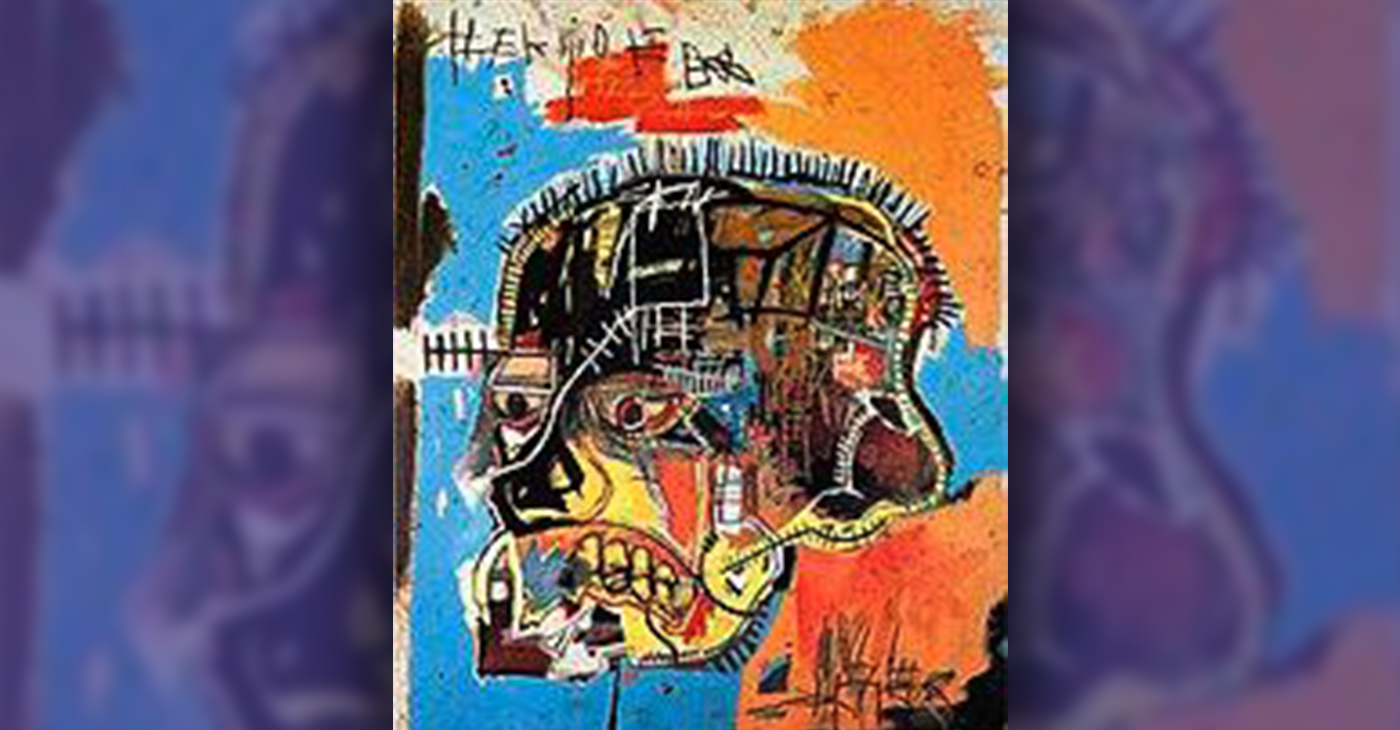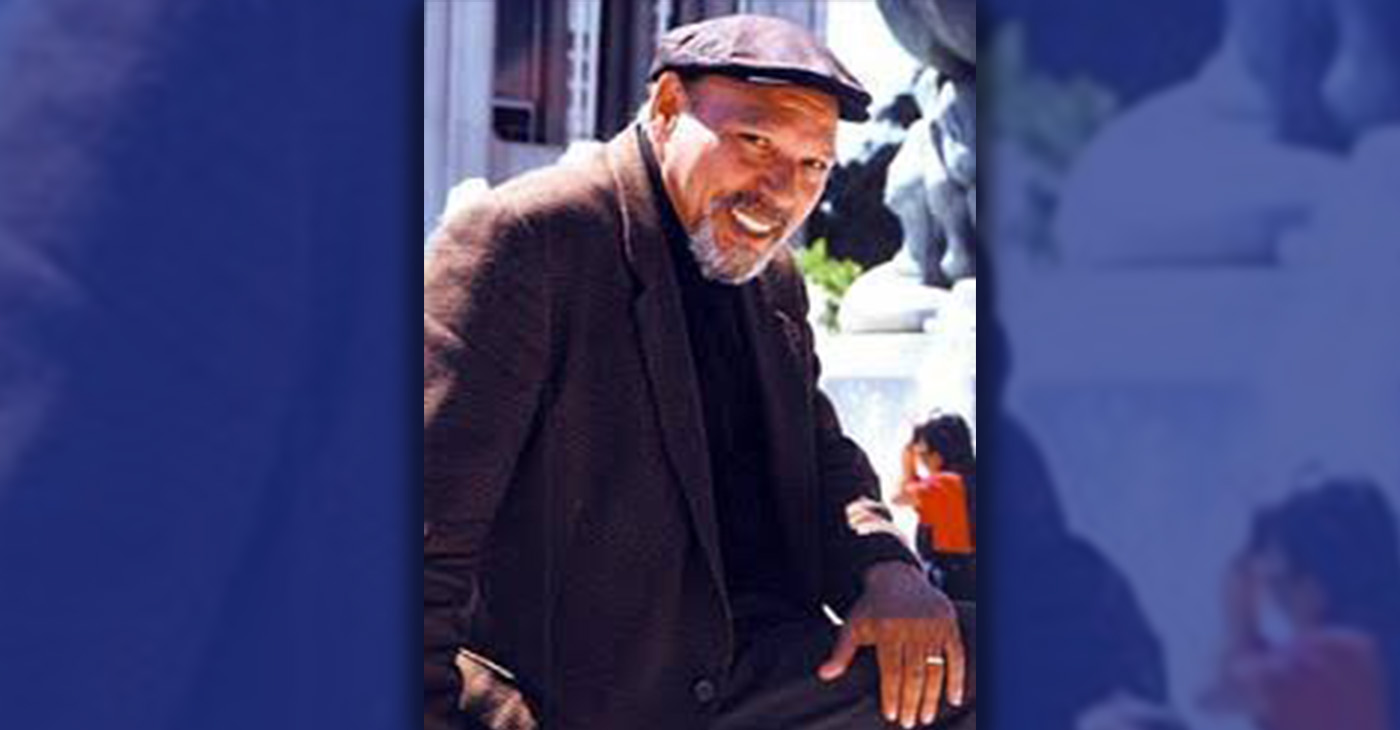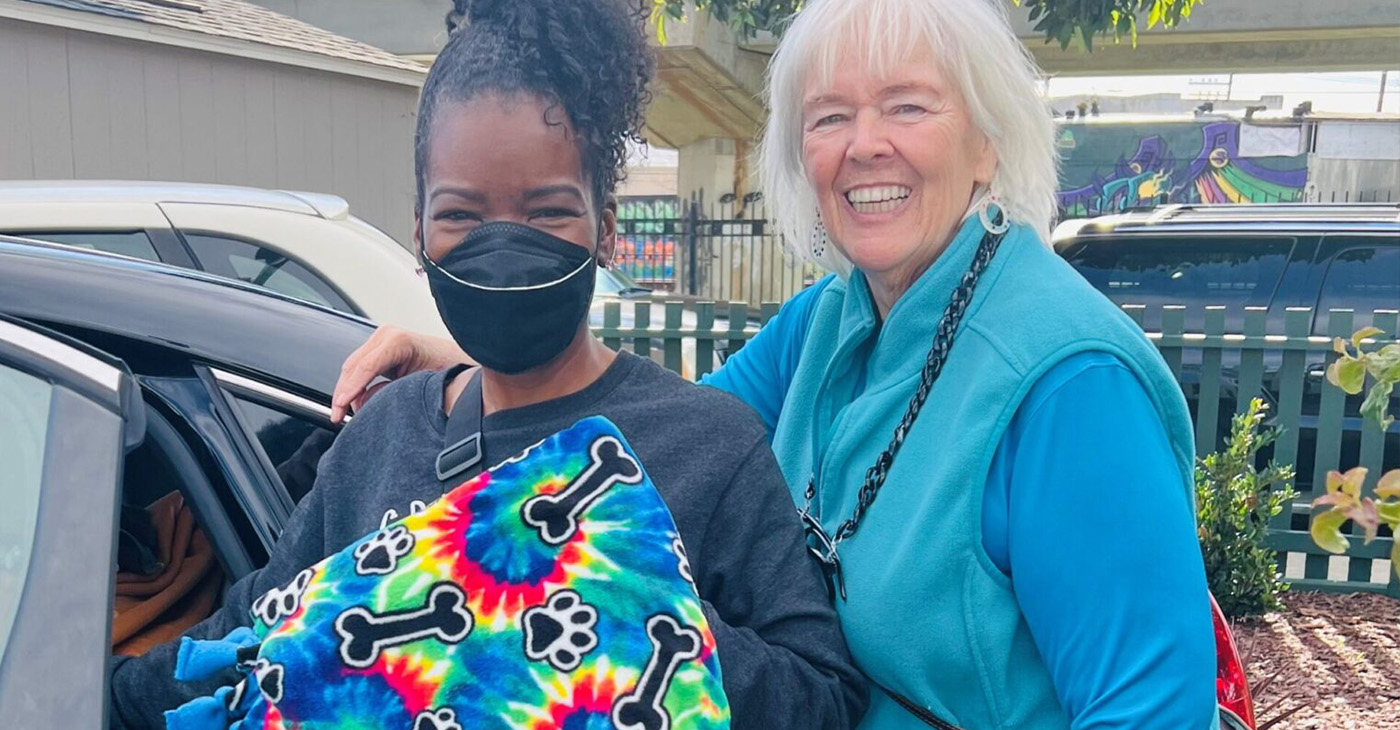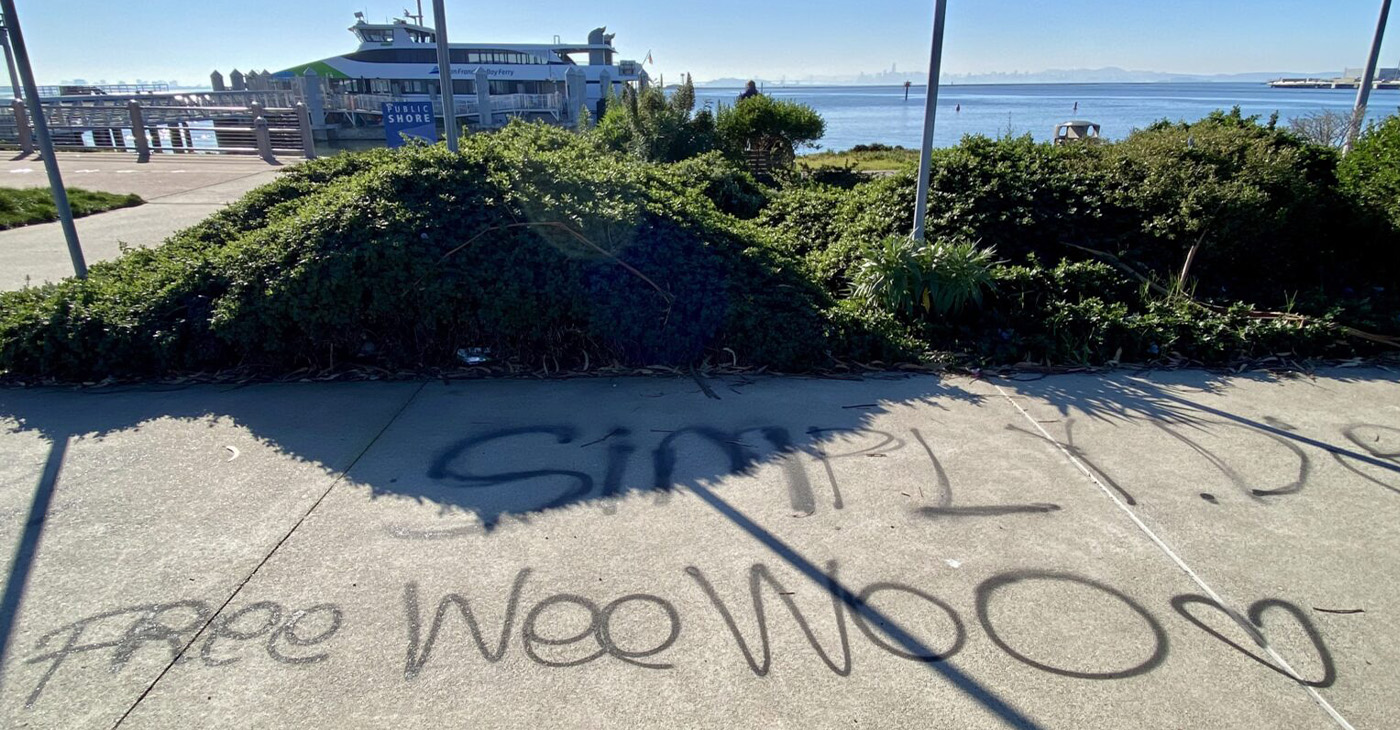Art
Jean-Michel Basquiat, A Troubled Soul
Basquiat often said that he “felt friendless and misunderstood.” After his parents separated, Gerard moved with his children to Brooklyn’s Boerum Hill neighborhood. When he was 7, Basquiat’s mother was diagnosed as mentally ill and was eventually institutionalized. This part of his life troubled him greatly.

By Tamara Shiloh
It was the early summer of 1980. More than 100 artists converged on an abandoned four-story building at Seventh Avenue and 41st Street in New York City that had once served as a massage parlor. Among those in the group was Jean-Michel Basquiat (1960–1988). His work on exhibit was believed to have been his first painting on canvas.
Although the exhibition, dubbed “The Times Square Show,” drew critical attention, it boosted 18-year-old Basquiat’s career as a painter. His contribution, a mural painted on a patch of wall, was described by Art in America as “a knockout combination of de Kooning and subway paint scribbles.”
The path to that shuttered massage parlor and his rise to success during the 1980s as part of the Neo-expressionism movement were not without difficulty.
Basquiat was born into a middle-class family in Brooklyn. His father, Gerard, a Haitian immigrant, was an accountant. His mother, Mathilde, was a homemaker. Despite her frequent hospital stays for depression, Mathilde spent countless hours in the Museum of Modern Art and the Brooklyn Museum with Jean-Michel, encouraging his interest in painting.
Gerard, physically abusive, wasn’t involved in his son’s career. Biographies and films have chronicled the strained relationship between the two, according to DNA Info.
Basquiat often said that he “felt friendless and misunderstood.” After his parents separated, Gerard moved with his children to Brooklyn’s Boerum Hill neighborhood. When he was 7, Basquiat’s mother was diagnosed as mentally ill and was eventually institutionalized. This part of his life troubled him greatly.
By age 17, Basquiat dropped out of high school. Gerard then threw him out of the house. He stayed with friends, slept in Washington Square Park, and lived-in run-down hotels.
It was then that he partnered with other graffiti artists and created the persona, SAMO, meaning “same old sh––.” For money, he panhandled and sold sweatshirts and postcards marked with his drawings. He got by on “cheap red wine and 15¢ bags of Cheetos.”
With no formal training, Basquiat created work that mixed graffiti and signs with the gestural and intuitive approach of Abstract Expressionist painting.
He expressed his personal angst in highly stylized self-portraits. In the early ’80s, race entered his work for the first time as a reflection of a “growing consciousness of his own position within the New York art world.”
His painting, “The Death of Michael Stewart” commemorates the killing of the young Black artist by New York City Transit Police. “Black people are never really portrayed realistically…. I mean, not even portrayed in modern art enough,” Basquiat had said.
Basquiat died of a drug overdose in 1988. Toward the end of his life, his works were selling around $25,000 to the Whitney Museum and the Museum of Modern Art.
Earlier though, both museums had rejected his work.
Be inspired by Basquiat’s paintings, read “Life Doesn’t Frighten Me” by Maya Angelou, Jean-Michel Basquiat and Sarah Jane Boyers.
Activism
Griot Theater Company Presents August Wilson’s Work at Annual Oratorical Featuring Black Authors
The performance explores the legacy of Pulitzer Prize-winning playwright August Wilson whose 10-play Century Cycle chronicles the African American experience across the 20th century, with each play set in a different decade. “Half a Century” journeys through the final five plays of this monumental cycle, bringing Wilson’s richly woven stories to life in a way that celebrates history, resilience, and the human spirit.

By Godfrey Lee
Griot Theater Company will present their Fifth Annual Oratorical with August Wilson’s “Half a Century,” at the Belrose on 1415 Fifth Ave., in San Rafael near the San Rafael Public Library.
The performance explores the legacy of Pulitzer Prize-winning playwright August Wilson whose 10-play Century Cycle chronicles the African American experience across the 20th century, with each play set in a different decade. “Half a Century” journeys through the final five plays of this monumental cycle, bringing Wilson’s richly woven stories to life in a way that celebrates history, resilience, and the human spirit.
Previous performance highlighting essential Black American authors included Maya Angelou, James Baldwin, and Lorraine Hansberry with Langston Hughes.
The play will be performed at 3:00. p.m. on Feb. 20, 21, 22, 27, and 28 at 7:00 p.m., and on Feb. 23 at 3:00 p.m.
For more information, go to griottheatercompany.squarespace.com/productions-v2
Activism
MLK Day of Service Volunteers Make Blankets and Art for Locals in Need
“Everyone has an opportunity to participate,” said Glenda Roberts, kinship support care program manager at CCYSB. “Our nonprofit organization and participants recognize how important it is to give back to the community and this is serving. As Dr. Martin Luther King, Jr. stated, ‘Everybody can be great…because anybody can serve.’”

By Kathy Chouteau
The Richmond Standard
The Contra Costa Youth Service Bureau (CCYSB) and Bethlehem Missionary Baptist Church (BMBC) are collaborating with a team of volunteers for a Dr. Martin Luther King, Jr. Day of Service, Monday, Jan. 20 that will wrap the community’s most vulnerable people in warm blankets and provide them with an uplifting gift of art.
Volunteers will kick off their activities at BMBC at 11 a.m., making blankets for the unhoused people served by the Greater Richmond Interfaith Program (GRIP) and art for those in convalescence in Richmond.
Others will get to work preparing a lunch of chili, salad, a veggie tray, and water for participants, offered courtesy of CCYSB, while supplies last.
“Everyone has an opportunity to participate,” said Glenda Roberts, kinship support care program manager at CCYSB. “Our nonprofit organization and participants recognize how important it is to give back to the community and this is serving. As Dr. Martin Luther King, Jr. stated, ‘Everybody can be great…because anybody can serve.’”
“People of all ages are welcome to participate in the MLK Day of Service,” said Roberts. Volunteers can RSVP via phone to Glenda Roberts at 510-215-4670, ext. 125.
CCYSB Boardmember Jackie Marston and her friends donated the materials and supplies to make the blankets and art projects. The nonprofit is also providing the day’s complimentary lunch, as well as employees to volunteer, under the direction of CCYSB Executive Director Marena Brown.
BMBC, led by Rev. Dr. Carole McKindley-Alvarez, is providing the facility for the event and volunteers from the church, which is located at 684 Juliga Woods St. in Richmond.
Located in Richmond, CCYSB is a nonprofit youth advocacy organization that serves eligible children, youth, and low-income families with a variety of wraparound services so they can thrive. Programs include academic achievement, youth mentorship, truancy prevention and direct response.
Art
Vandalism at Richmond Ferry Terminal Saddens Residents
Residents have been lamenting the destruction online. Ellen Seskin posted photos of the vandalism to the Facebook group, Everybody’s Richmond, on Jan. 12, saying she encountered it while out on a walk. “It was on the sidewalk, the street, the doors to the ferry, even in the art installation and the ‘stone’ benches,” she said. “I reported it but knowing how slow they are about getting things done — I just know that the longer you leave graffiti, the more likely they are to spray it again.”

The Richmond Standard
“This is why we can’t have nice things,” stated the post on NextDoor.
The post referenced images of graffiti at the Richmond Ferry Terminal. Not just on the terminal, but also on public artwork, on trail signs, on public benches and the boardwalk.
On Wednesday, the Standard stopped by to see it for ourselves. The good news was that it appears the graffiti on the terminal and on the artwork, called Changing Tide, have been cleaned for the most part. But graffiti remained abundant in the area around the relatively new ferry terminal, which opened to the public just six years ago.
Graffiti artists tagged benches and the boardwalk. Cars that had done doughnuts in the street marked the cul-de-sac just outside the historic Craneway Pavilion.
A ferry worker told us the graffiti had been there since before he started working for the ferry service about a week ago.
A member of the Army Corps of Engineers who did not want to be named in this report called the scene “sad,” as “they’d done such a nice job fixing it up.”
“It’s sad that all this money has been spent and hoodlums just don’t care and are destroying stuff,” he said.
It wasn’t immediately clear how soon the graffiti would be removed. The Standard reported the graffiti to the city’s graffiti abatement hotline. We were prompted to leave a message reporting the address and location of the graffiti.
Residents have been lamenting the destruction online. Ellen Seskin posted photos of the vandalism to the Facebook group, Everybody’s Richmond, on Jan. 12, saying she encountered it while out on a walk.
“It was on the sidewalk, the street, the doors to the ferry, even in the art installation and the ‘stone’ benches,” she said. “I reported it but knowing how slow they are about getting things done — I just know that the longer you leave graffiti, the more likely they are to spray it again.”
In the comment section responding to Seskin’s post, local attorney Daniel Butt questioned why there aren’t cameras in the area.
On Nextdoor, one resident suggested searching to see if the tags match any accounts on Instagram, hoping to identify the perpetrator.
On its website, the City of Richmond says residents should graffiti immediately call Public Works graffiti removal and/or Code Enforcement at 510-965-4905.
Kathy Chouteau contributed to this report.
-

 Activism3 weeks ago
Activism3 weeks agoAI Is Reshaping Black Healthcare: Promise, Peril, and the Push for Improved Results in California
-

 Activism3 weeks ago
Activism3 weeks agoBarbara Lee Accepts Victory With “Responsibility, Humility and Love”
-

 Activism3 weeks ago
Activism3 weeks agoNewsom Fights Back as AmeriCorps Shutdown Threatens Vital Services in Black Communities
-

 Activism3 weeks ago
Activism3 weeks agoESSAY: Technology and Medicine, a Primary Care Point of View
-

 Activism3 weeks ago
Activism3 weeks agoFaces Around the Bay: Author Karen Lewis Took the ‘Detour to Straight Street’
-

 Activism3 weeks ago
Activism3 weeks agoTeachers’ Union Thanks Supt. Johnson-Trammell for Service to Schools and Community
-

 Alameda County3 weeks ago
Alameda County3 weeks agoOUSD Supt. Chief Kyla Johnson-Trammell to Step Down on July 1
-

 Arts and Culture3 weeks ago
Arts and Culture3 weeks agoBOOK REVIEW: Love, Rita: An American Story of Sisterhood, Joy, Loss, and Legacy



















































